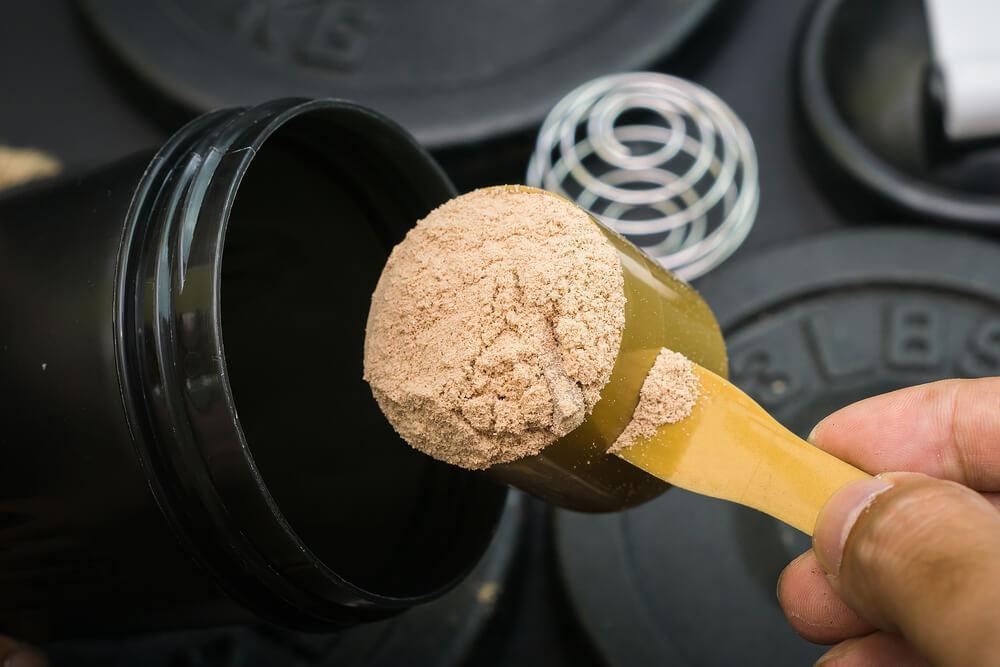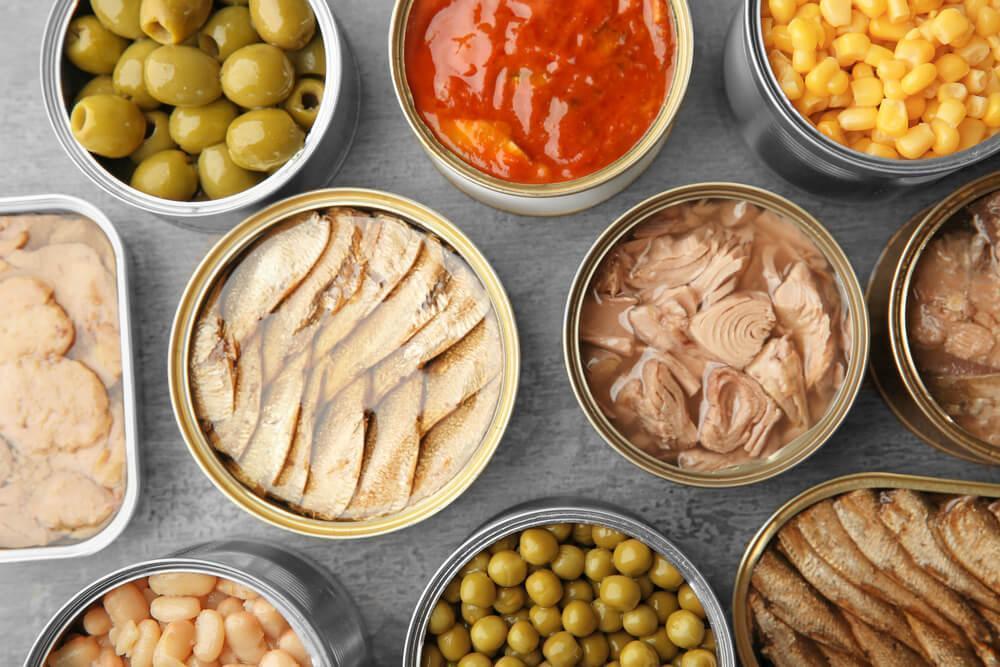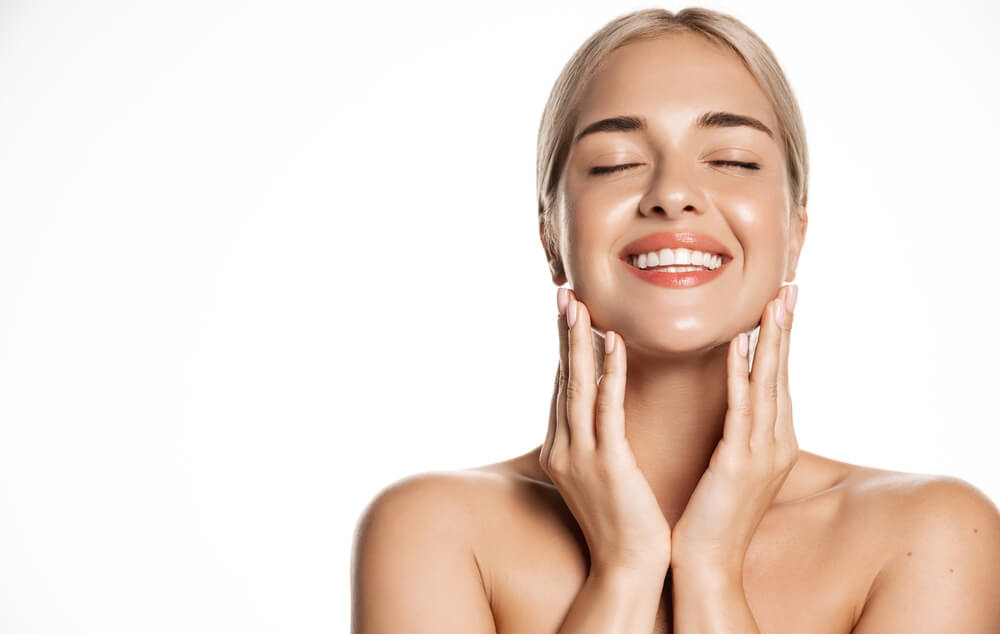Your skin is poor at hiding what you put into your body. Being the largest organ in your body, it’s only normal that some evidence of your food escapades will pop up somewhere. Fairly enough, this goes both ways; your skin glows when you nourish it from inside out and frowns under your mistreatment.
Apparently, some foods are just bad for your skin. Could these be some of your favorite foods? Check out the list of 10 worst foods for your skin and judge if they are worth the price. We have also gone a step further and researched on alternatives.
Sugar
Among the leading causes of diabetes and other health problems is sugar. While this has been extensively covered in the press, another side effect that is usually sidelined is the damage that the sweet treat does to the skin. Sugar contributes to sagging and wrinkling of the skin through Glycation, which is defined as “the result of the covalent bonding of a sugar molecule, such as glucose or fructose, to a protein or lipid molecule”.
To get a better understanding of the process, you need to appreciate the role that elastin and collagen plays in the skin; these are the main proteins responsible for an elastic, firm and youthful skin. Ingesting sugar, whether it’s contained in a beverage, bread or any other food, leads to inflammation across the body. This is followed by enzymatic breakdown of collagen and elastin. With the impairment of these proteins comes accelerated aging of the skin.
That’s not all; high sugar intake can also worsen skin conditions such as acne and rosacea. It has also been associated with insulin spike which can cause excessive hair growth as a side effect.
So, what do you do? The culprits here are products made of simple sugars. These are sugars that break down easily. Such include ice cream, candy, pizza, soda and pasta. To be on the safe side, opt for foods made up of complex sugars with low glycemic values such as whole grains, nuts, salmon, broccoli, avocado, olive oil, and berries.
Dairy
Dairy is a pro-inflammatory food and has been associated with aggravation of skin-damaging conditions such as acne, eczema and rashes. A report published by the Harvard School of Public Health, Boston US hypothesized that the negative effects of dairy are due to the “presence of hormones and bioactive molecules in milk”.
In particular, a spike in growth hormones after taking dairy can lead to hormonal imbalance. Estrogen is suspected to be the hormone most likely to cause the imbalance leading to cystic acne. Dairy is also among the food groups that most people are allergic to. A major side effect of food allergies is inflammation which can manifests as flare-ups of conditions like acne and eczema.
Digestion of dairy has also been associated with congestion of the liver and skin, which would explain the clamor for safer alternatives. Plant-based milk has become the go to product, since it’s lactose and hormone free. Dairy products made from coconut, almond and cashew nut milk is the way to go, especially if you are lactose intolerant.
Gluten
Gluten is a protein found in wheat and other grains like barley, rye, spelt and oats. Wheat tops the list because it is so common that it actually sounds unfair to term it as bad for your skin. You are probably familiar with the common ‘gluten-free’ label and have probably wondered why people are running away from this gluten.
Wheat is found in pastries and other odd items like ice cream, soy sauce, ketchup and imitation meats among other things. This greatly widens the scope of your probability to consume more wheat.
Gluten triggers an immediate inflammatory effect in the small intestine in certain individulas. This is commonly referred to as Celiac disease which has a global prevalence rate of 1.4%. None of the symptoms has anything to do with skin. So where does the skin part come in? Other reactions develop over time and they present skin problems.
These reactions are caused by gluten sensitivity. The condition is different from celiac disease in that the inflammatory effect starts in the gut and spreads to the rest of the body with time.
The inflammatory response has two possible effects; acne, and release of insulin which leads to increase in stress hormones, another cause of acne. Studies have shown that there is a clear connection between the gut and the skin.
That said, can you get nutritious alternatives to wheat? Yes indeed; quinoa, amaranth, millet, Sorghum and certified gluten free oats are great options. You can also pursue grain-free options like coconut and almond flour.
Whey Protein Shakes
Whey is a milk protein commonly used in supplements for building and repairing muscles especially by body builders. While its use is linked to great results, the downside may come in form of acne breakouts.
Whey protein and other milk products increase the Insulin-like Growth factor 1 (IGF-1), the hormone responsible for increasing muscle growth. In addition to this, it also triggers production of more sebum which is known for increasing incidences of acne breakouts. There is evidence that shows the link between whey protein and acne even in people who had no existing or prior history of the condition.
Being the purest form of protein, it is unlikely that you will find something that will substitute it in its entirety. However, blended vegan protein powders that comprise of soy, rice and pea protein can give you a protein package. You can also try some homemade peanut butter.
Fatty Red Meats
Red meats are laden with lots of negative effects for your health with cancer and heart disease topping the list. Your skin is not left behind either; it also gets a share of ill effects.
The effects result from large amounts of saturated fats which are considered the most harmful type of fat. Saturated fats are linked to inflammation which can cause increased sebum production, hence acne breakouts. It is even worse if the meat is processed; the dangers have been highlighted below.
On the other hand, lean red meat can actually be good for your skin because of its high protein and zinc content. Besides this, it contains amino acids which are important in collagen production. Other alternatives to red meats are lean poultry like chicken and turkey and fish, kidney beans, lentils and raw oysters.
Packaged and Processed Food
The quality of food is closely related to the life-force that it contains. This is greatly diminished in packaged and processed foods especially ones from processors with poor quality standards. Enzymes and nutrients are usually destroyed or broken down depriving them of the nutritional value that may otherwise be listed on the label.
Overindulging or relying on such foods for most of your nutritional needs will definitely show on your skin. The low moisture content necessary for canning or boxing will leave your skin less hydrated. You can also expect your body to be less efficient in toxin-elimination and oil production, which can lead to dry and cracked and dry skin.
What’s more, sodium nitrate, one of the main preservatives used in packaging is a skin destroyer. The compound breaks down collagen and elastin leading to aged, and saggy skin.
Dermatologists will always prefer fresh and when possible, unprocessed foods. These are foods with high moisture content and high nutritional value. Fresh veggies and fruits plus any other food in its natural state will be more beneficial to your skin and general health.
Non-Organic Foods
Foods grown non-organically may contain some amount of herbicides, hormones, fungicides, waxes etc. While cleaning them will definitely strip some of these chemicals off, you may still ingest some especially when it comes to the Dirty Dozen list of fruits and vegetables.
This is not at all good for your overall health and besides their links to skin cancer and signs of premature aging, some may trigger inflammatory effects in the body which can be prerequisite for skin conditions.
You may not have to strike fruits and vegetables off your list; you can opt for organically grown options and be sure to thoroughly wash any that you buy before eating them.
Alcohol
Consuming alcohol is one of the fastest ways to wreak havoc to your skin, reason being that you can actually see some of the short term effects within 24 hours of taking a few drinks. Being a diuretic, alcohol easily dehydrates your skin and makes hydrating afterwards really hard. This leaves your skin dull, dry and loose and oh, the lines and wrinkles will be more visible.
The high sugar content in alcohol cannot be ignored either; it comes with its fair share of skin problems as explained in the ‘sugar’ section. Besides this, alcohol doesn’t deal kindly with the good bacteria in your gut. It eliminates a significant share of these bacteria which are paramount in dealing with inflammatory skin conditions like eczema.
What should you take instead? This might actually sound boring but if you are not ready to go through the detoxification process to recover, sipping a kombucha or coconut water might actually help with your skin.
If you must drink however, you might want to go for spirits which contain less sugar and be sure to mix with water or hydrating coconut water plus a splash of lime. Additionally, different types of alcohols have varied effects on skin so you can choose which one is the lesser evil.
Deep Fried Food
Your favorite deep fast food is usually deep fried in refined vegetable oil. These ‘vegetable’ oils are not as healthy as they sound; they contain copious amounts of Omega-6 essential fatty acids.
Omega-6s are important in our bodies. They greatly help with growth, development and brain function. However, when their amounts in the body exceed Omega-3s, they are known to trigger inflammation. By now we can already see a pattern in inflammation and skin conditions.
Apart from this, the vegetable oils may turn rancid when exposed to very high temperatures, a process which releases free radicals. The free radicals destroy your cells and may cause premature aging of the skin.
For your skin’s sake, you might want to reduce your love for fries, deep fried chicken and other deep fried treats and embrace seafood, algae, grass-fed meats and wild fish, all of which are good sources of omega-3s.
Excess Caffeine
If you are a coffee or a tea person in the morning, you will agree that it is the perfect kick off for renewed burst of energy, great attitude and alertness every day, right? So how then does caffeine become bad for your skin? When taken in moderation, say 2-3 cups daily, all is well. You can actually unlock some antioxidants this way. It is the extra cups that bring out the bad side.
Caffeine dehydrates your body; by now we know that the skin bears the evidence of dehydration badly. While no evidence connects caffeine to acne breakouts, stress hormones like cortisol are known to trigger an increase in sebum which leads to acne. High cortisol also accelerates the skin aging process.
This is where caffeine becomes a culprit; when consumed in excess, it is known to cause high levels of cortisol. Other key ingredients of a cup of coffee are also causes of concern; sugar and dairy are considered among the top dietary triggers of acne.
What if you applied caffeine on your skin instead? Apparently, caffeine and tea extracts are known to have brightening, firming and anti-aging properties when used topically. Or you could just limit your intake.
On the other hand, bone broth comes packaged with collagen, glycerin and gelatin, which is more than a daily dose of skin care goodness in addition to giving you energy to last you all day. Decaf or herbal teas like dandelion and burdock root are also great at detoxification.
Certain foods are known to be bad for your skin. Unfortunately, most might end up in your list of favorite foods. Others are even beneficial to the body in other respects. Depending on the current condition of your skin and other dietary requirements you might be having, the decision on what to include into or strike off your diet for your skin’s sake depends entirely on you. After all, you are what you eat!










If you have an email subscription I would love to be on it. I looked but do not see one on your website. Thanks.